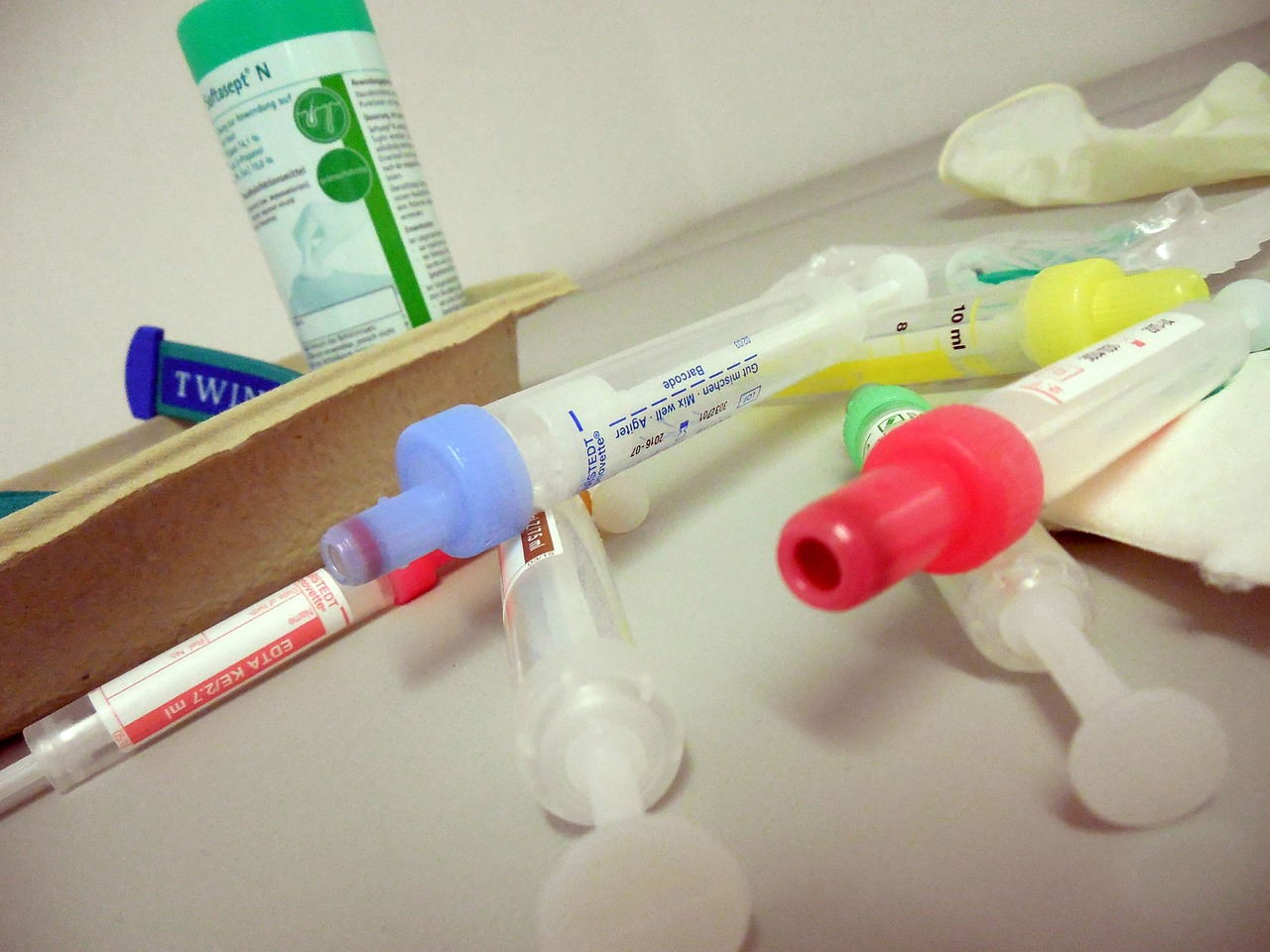Unit 1: Lesson 6: Health Science Trends
Lesson 6: Health Science Trends

Lesson 6: Health Science Trends
Over the past several decades, several factors have influenced the direction of the health science field and how patients receive healthcare. Healthcare sites, including doctors' offices, hospitals, and laboratories, are changing how healthcare is delivered and operates in modern society. Let's look at a few of these trends and changes.

One of the changes is that healthcare has become more patient-centered. At first glance, 'patient-centered' may seem odd, as healthcare and medicine are based on treating patients. However, in recent decades, more attention has been given to involving patients in multiple aspects of the healthcare system. At the immediate level, this may mean considering the patient's illness and their lifestyle and family factors when making treatment options. This approach focuses on seeing individuals as more than their 'numbers' or diseases. Instead, patients become an active part of their care and treatment regimen. In addition, patients are also increasingly being included in planning and decision-making regarding healthcare policy and program development.
Another trend that is affecting the health sciences is the incorporation of integrative medicine. In other words, people are increasingly using alternative medicine (outside of conventional medicine and treatments) alongside or replacing more traditional therapies. For example, more people are turning to ancient practices such as acupuncture, botanical and herbal remedies, and yoga to treat various issues and reduce stress. Although many of these practices have met with skepticism in the past, traditional health science professionals are increasingly using these along with more conventional treatments and surgery. This has led to some integrative techniques offered by more traditional delivery of healthcare sites, and some insurance plans are covering some integrative therapies.
Technology is also significantly impacting healthcare delivery and the health sciences. Computers, advanced equipment, and other technological aids considerably affect the diagnosis of illness and the recording of information. We can see this in the defibrillators used to help restart the heartbeats of people experiencing heart attacks. Medical devices like CT scanners make diagnosing particular illnesses or conditions easier. In addition, medical technology is making it easier for healthcare providers to share medical information. For example, electronic patient records can be shared among physicians, other medical professionals, and hospitals during treatment. It also allows information on allergies or medical conditions to be shared throughout the healthcare system so that hospitals, pharmacies, and doctors' offices can be aware of potential complications and treatment issues.
Trends in health science affect costs and delivery systems in various ways. While new medical advances may be more expensive initially, costs often fall after some time has passed and the technology becomes more widespread. Hospitals and other healthcare sites often have to shoulder the cost of buying new equipment, and for some health delivery systems, the purchases may not be possible until the equipment cost falls. This can delay widespread use for some time. In the long run, however, medical technology can help prevent costly diseases and illnesses or reduce the overall cost of treatment.
In this unit, we have been introduced to the health sciences field. We've learned more about the history and development of medicine and the health sciences. We've also discussed some of the different types of healthcare delivery and the different payment options on which these delivery systems rely. Finally, we also learned about trends in the health sciences and how these trends impact healthcare delivery systems and patient experiences.
Think About
- What is the history of the health sciences?
- Where are some of the different areas of the healthcare system?
- What are some of the different types of healthcare sites?
- What are some of the different payment options available in the healthcare system?
- Where are some of the trends affecting the health sciences?
